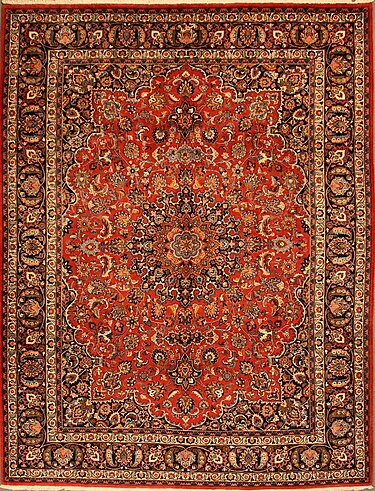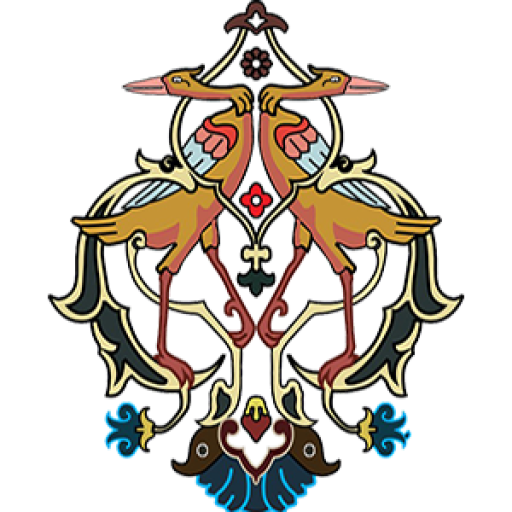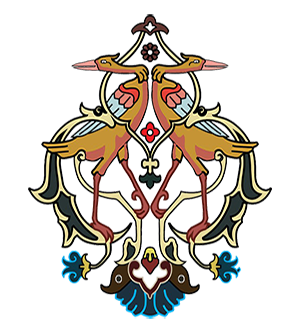History of Kurdish Carpets
Bijar rugs, often dubbed “the Iron Rugs of Persia”, are celebrated for their extraordinary density, durability, and timeless elegance. These rugs are woven using a unique technique known as wet weaving, where the weft threads are dampened during the knotting process. This results in a rug so tightly packed and firm that it resists warping, wrinkling, and even crushing—making it one of the most durable handmade carpets in the world. Collectors and connoisseurs admire Bijar rugs not only for their strength, but also for their balance between structural integrity and refined design.





